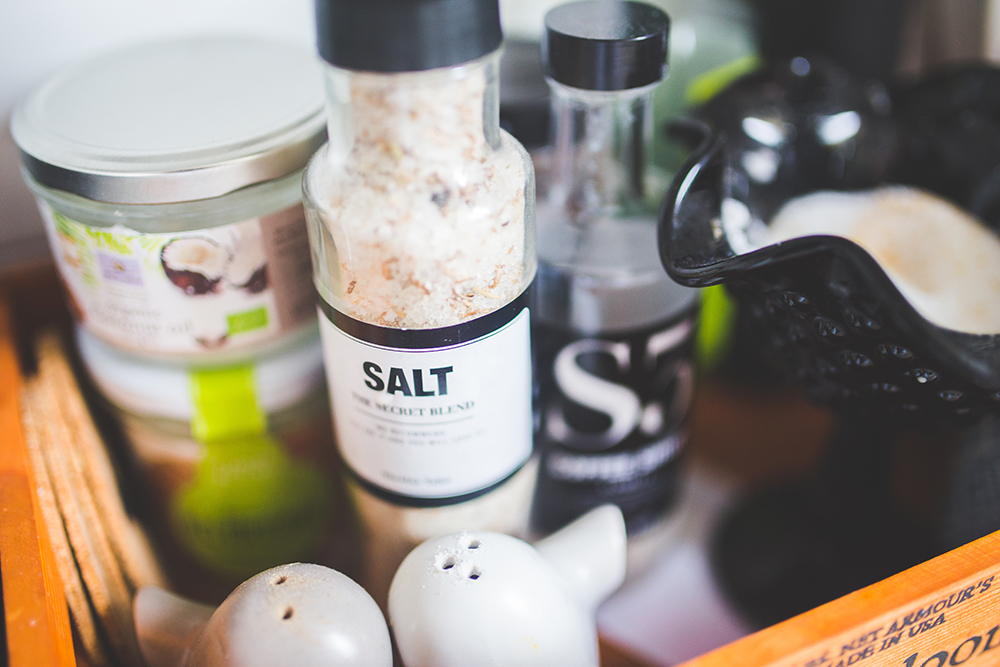What is high blood pressure?
 Blood pressure measures the force pushing against your artery walls when your heart beats and when it rests. The systolic pressure (top number) measures the pressure against your artery walls when your heart beats (contracts) and pushes blood throughout circulation. The diastolic pressure (bottom number) is the pressure against your artery walls when your heart relaxes (in between beats). High blood pressure is diagnosed when the pressure against artery walls is higher than normal. Another term for high blood pressure is hypertension.
Blood pressure measures the force pushing against your artery walls when your heart beats and when it rests. The systolic pressure (top number) measures the pressure against your artery walls when your heart beats (contracts) and pushes blood throughout circulation. The diastolic pressure (bottom number) is the pressure against your artery walls when your heart relaxes (in between beats). High blood pressure is diagnosed when the pressure against artery walls is higher than normal. Another term for high blood pressure is hypertension.
4 Blood Pressure Categories
Lower Blood Pressure with Mushrooms
 Mushrooms are low in calories, low in fat, and rich in calcium and B vitamins.
Mushrooms are low in calories, low in fat, and rich in calcium and B vitamins.
Shiitake Mushrooms
A shiitake mushroom provides thiamin, riboflavin, niacin, 8 amino acids, and fiber. This mushroom also contains ergosterol, lentinan, lentinula edodesmycelium, and eritadenine, all of which are linked to potential health benefits.
Ergosterol is converted by sunlight to vitamin D.
Lentinan is a polysaccharide with an apparent link to block tumor growth, reduce cholesterol levels, and lower blood pressure.
Lentinula edodesmycelium has potential in the prevention and treatment of cancer, high blood pressure, hepatitis, and heart disease.
Eritadenine is believed to reduce cholesterol and fat levels by increasing their removal from the body.
Omega 3's – Do Omega 3's Really Help Lower Cholesterol and Blood Pressure?

Two new studies showing contradictory results when it comes to omega 3 fatty acids and cardiovascular disease risk.
Study #1
Researchers compared the heart health and exercise capacity of 98 patients randomly divided between a control group receiving a placebo supplement and the test group supplementing 850-882 milligrams of the omega 3 fatty acids DHA and EPA. All study participants were diagnosed with early stage heart failure.
Lower High Blood Pressure – 5 Surprising Sodium Sources

As you work to lower high blood pressure, it’s important to limit the sodium in your diet. Current recommendations are to limit your sodium intake to 2300 mg per day or less. The new 2010 Dietary Guidelines will be released this year and it looks like sodium recommendations are going to be reduced even further to 1500 mg per day for all Americans (not just those with high blood pressure!).
Many studies repeatedly find significant decreases in systolic and/or diastolic blood pressure with a reduction in sodium intake.
Surprising sodium sources
Lower Blood Pressue by Combing Aerobic AND Resistance Training
A study published in the Journal of Strength and Conditioning Research evaluated the impact of resistance training versus aerobic training on arterial blood flow.
Research to date has shown a significantly lower arterial distensibility (AD) after resistance training, but a higher AD after aerobic exercise. Arterial distensibility (AD) is a measure of blood vessel elasticity. For heart health it’s important that blood vessels are able to expand and contract to maintain a consistent healthy blood pressure.
The Study
Lower Blood Pressure with Quinoa
Quinoa (pronounced KEEN – wah) has become a hot commodity the past few months according to a National Restaurant Association survey.
What is quinoa?
Quinoa is not technically a grain, but the seed of a large plant called Chenoposium quinoa or Goosefoot plant. Quinoa is available in many colors (ivory, pink, red, white, brown, black) and forms (grains, flakes, cereals, pastas).
Nutrient Analysis



